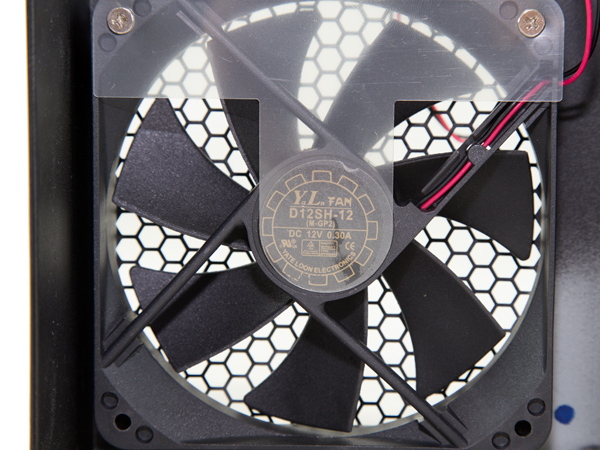Antec VPF Series 650W PSU Review
Antec's VPF650 is a budget PSU made by Delta Electronics to achieve high-performance-per-dollar. In the US, the VPF units are sold under the EarthWatts Green series.
Why you can trust Tom's Hardware
A Look Inside And Component Analysis
Parts Description
Our main tools for disassembling PSUs are a Thermaltronics soldering and rework station and a Hakko 808 desoldering gun.
| Primary Side | |
|---|---|
| OEM | Delta Electronics |
| Transient Filter | 4x Y caps, 2x X caps, 2x CM chokes, 1x CAP004DG X Cap Discharge IC |
| Inrush Protection | - |
| Bridge Rectifier(s) | 2x GBU806 (600V, 8A @ 100 °C) |
| APFC MOSFETs | 2x Infineon SPW20N60C3 (650V, 13.1A @ 100 °C, 0.19 ohm) |
| APFC Boost Diode | 1x STMicroelectronics STTH8R06D (600V, 8A @ 130 °C) |
| Hold-up Cap(s) | 1x Rubycon (450V, 330uF, 2000h @ 105 °C, MXH) |
| Main Switchers | 2x Toshiba TK20E60U (600V, 20A @ 25 °C, 0.165 ohm) |
| APFC/PWM Controller | Champion CM6800UX |
| Topology | Primary side: Double Forward Secondary side: Passive Rectification & DC-DC converters |
| Secondary Side | |
| +12V MOSFETs | 5x STMicroelectronics STPS40M100CT (100V, 40A @ 120 °C, Vf: 0.64V @ 125 °C) |
| 5V & 3.3V | DC-DC Converters: 1x STD75N3LLH6 (30V, 47A @ 100 °C, 5.9 milliohm) 1x SSM70T03GH (30V, 43A @ 100 °C, 9 milliohm) PWM Controller: 2x uP3872B |
| Filtering Capacitors | Electrolytics: Rubycon (105 °C, ZLH), Nichicon (105 °C), Samxon (105 °C), Nippon Chemi-Con (105 °C, KY) Polymers: Nippon Chemi-Con, Nichicon |
| Supervisor IC | DWA106 |
| Fan Model | Yate Loon D12SH-12 (120mm, 12V, 0.30 A, 2200 RPM, 88 CFM, 40 dB[A], Sleeve Bearing) |
| 5VSB Circuit | |
| Rectifier | STMicroelectronics SSTPS1045B (45V, 10A @ 150 °C) |
| Standby PWM Controller | TinySwitch-III TNY279PG |
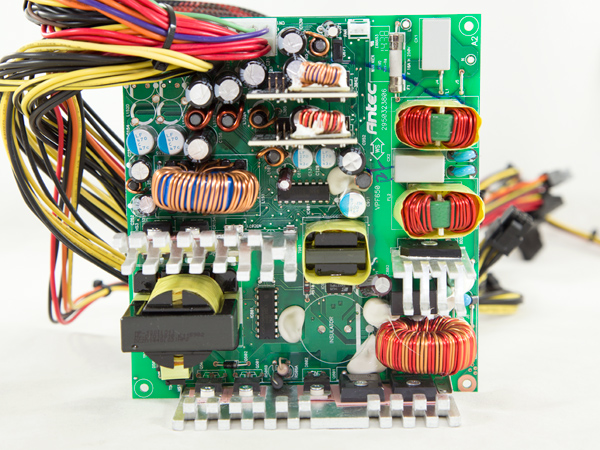
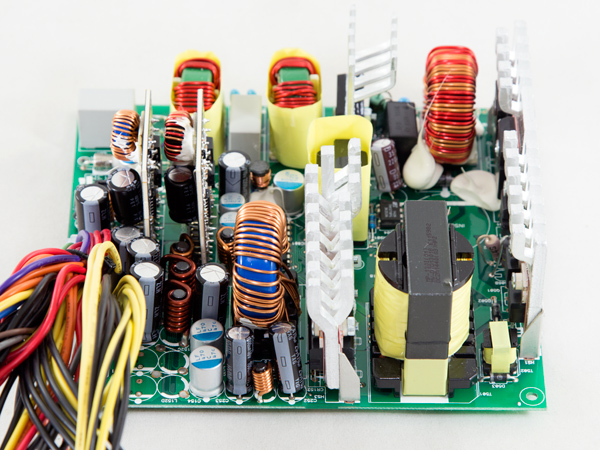


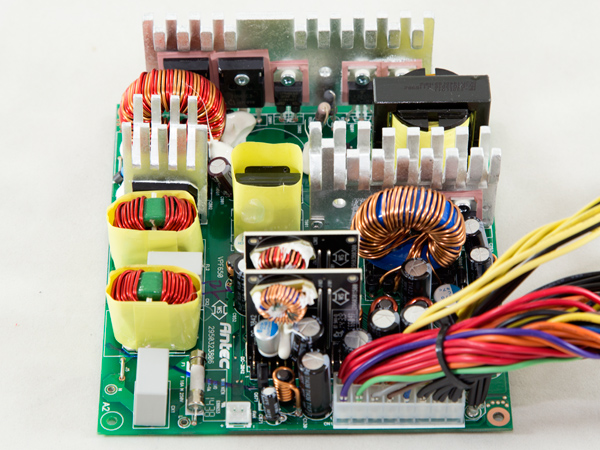
The VPF650 is made by Delta Electronics. Currently, Antec is the only company that has an active contract with Delta for the manufacturing of desktop PSUs. Its platform is based on an older design that was enhanced by the use of two DC-DC converters in the secondary side. What left an impression on us, though, was the use of quality electrolytic and polymer caps. In mainstream PSUs, we typically find low-quality caps and, in only a few cases, Teapo (Taiwanese) caps. But in this case, Antec and Delta used a mix of Japanese caps along with a single SamXon electrolytic cap, which is of decent quality (as it doesn't belong to the lower-end GF series).
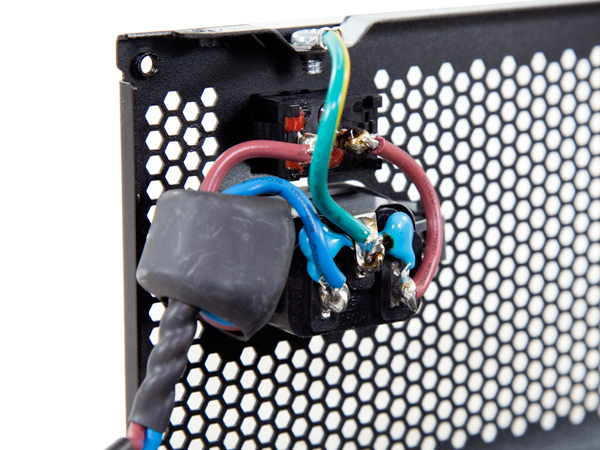
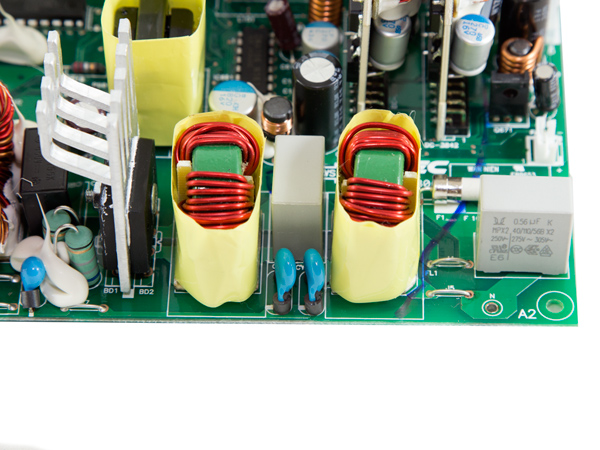

The first part of the EMI filter consists of two Y caps, while the second part, located on the main PCB, includes two Y and two X caps along with a pair of CM chokes. We also noticed a CAP004DG discharge IC on the solder side of the main PCB. Unfortunately, there is no MOV (Metal Oxide Varistor), which provides protection against spikes coming from the mains. Another interesting and rather unpleasant finding was the lack of an NTC thermistor, which suppresses high inrush currents. Because of this omission, and in case Antec didn't use a plain resistor for this job (significantly impacting efficiency), we expect to measure very high inrush currents.
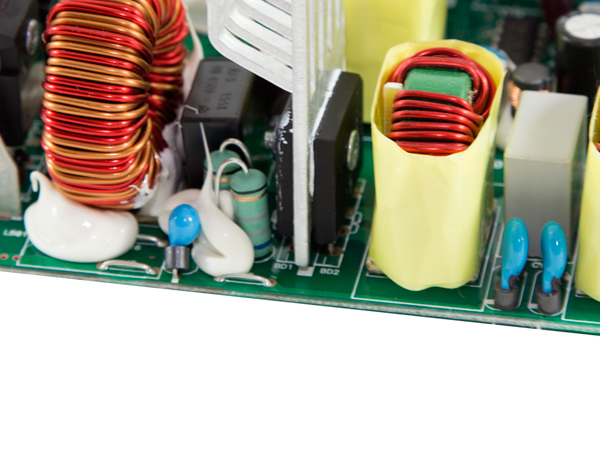

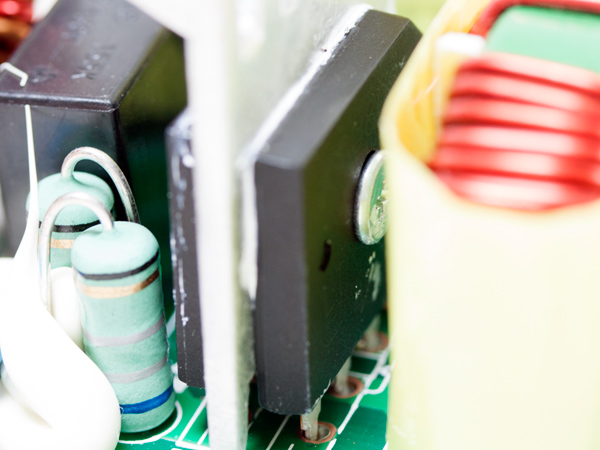
The two bridge rectifiers (model number GBU806) are installed on a dedicated heat sink, and they can handle up to 16A of current combined.


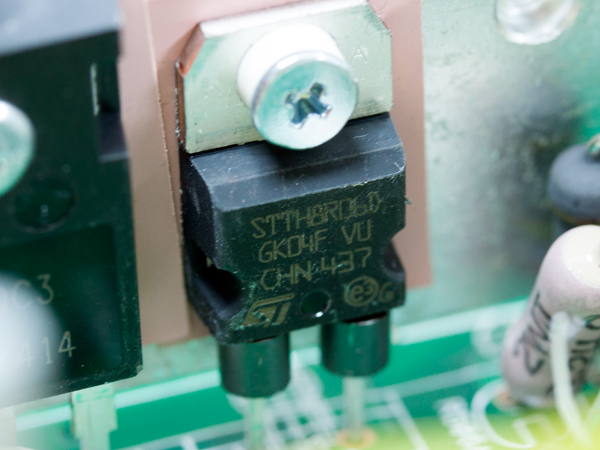
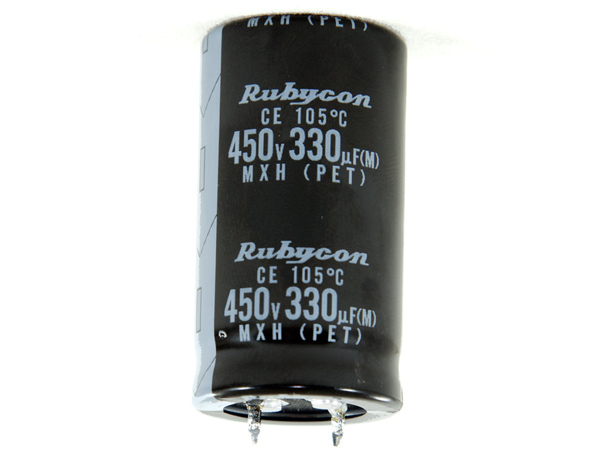
Two Infineon SPW20N60C3 are used in the APFC converter, along with a single STMicroelectronics STTH8R06D boost diode. The bulk cap is a high-quality Rubycon capacitor (450V, 330uF, 2000h @ 105 °C, MXH), which has low capacity for the needs of this PSU. More than likely, we'll measure less than 16ms of hold-up (AC loss to PWR_OK) time.
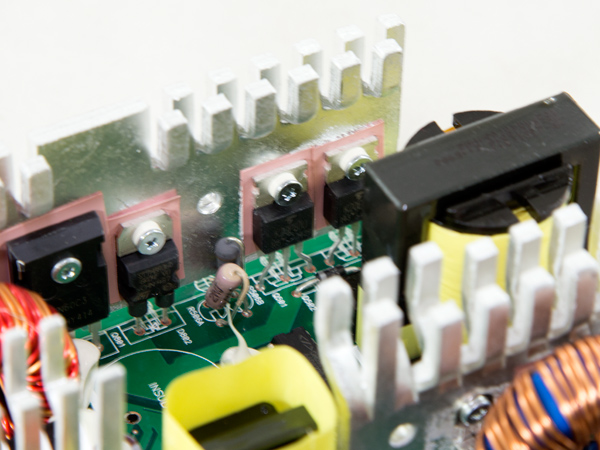
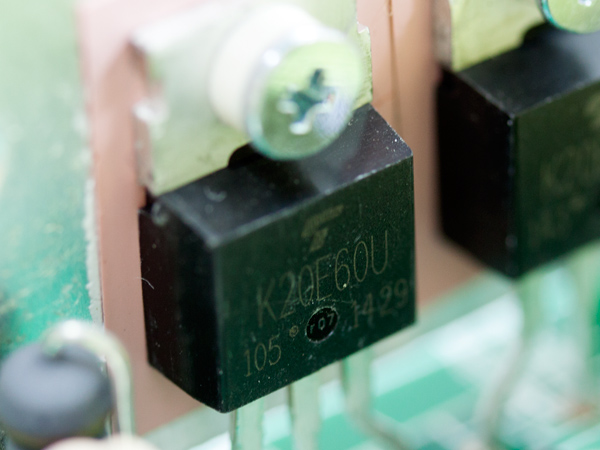
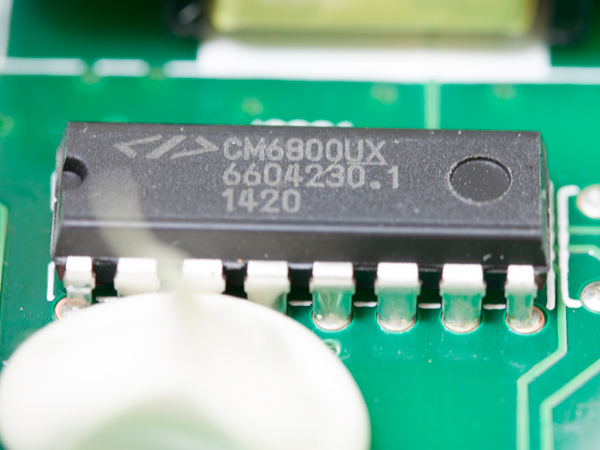
The primary switchers are a pair of Toshiba TK20E60U, while the combo PFC/PWM controller (a Champion CM6800UX) is installed on the main PCB.
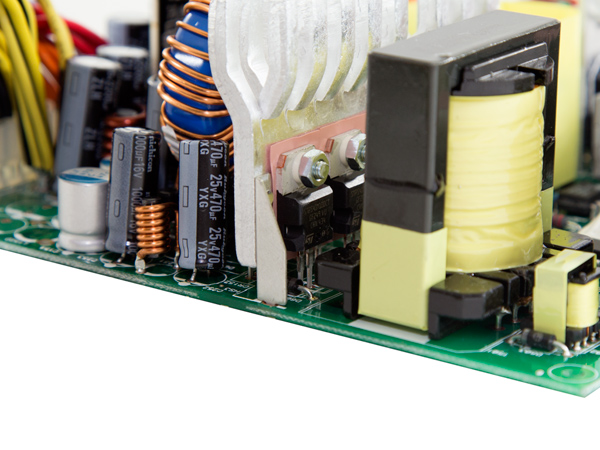
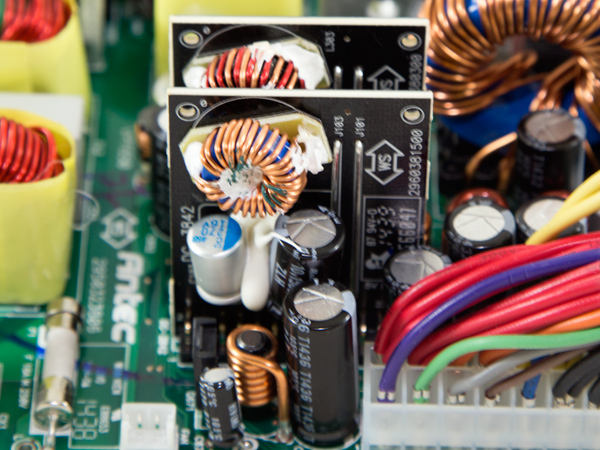
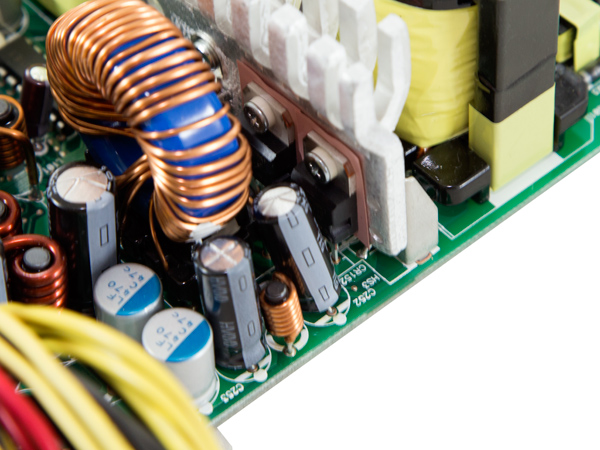
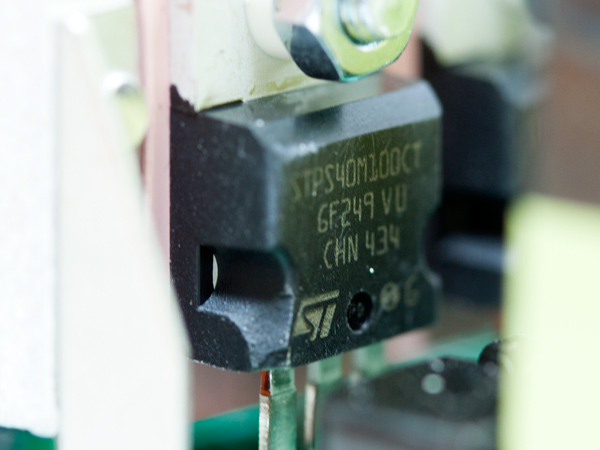

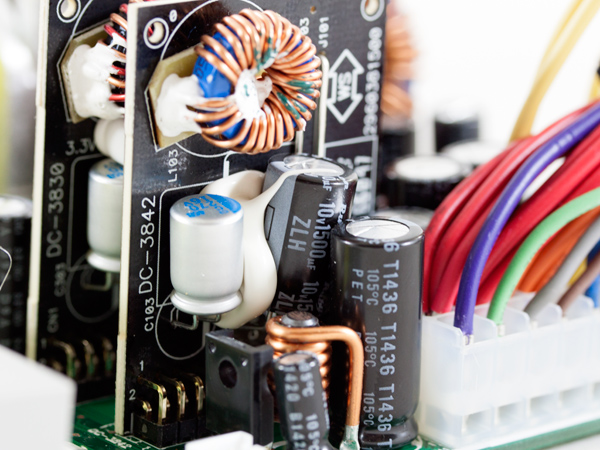

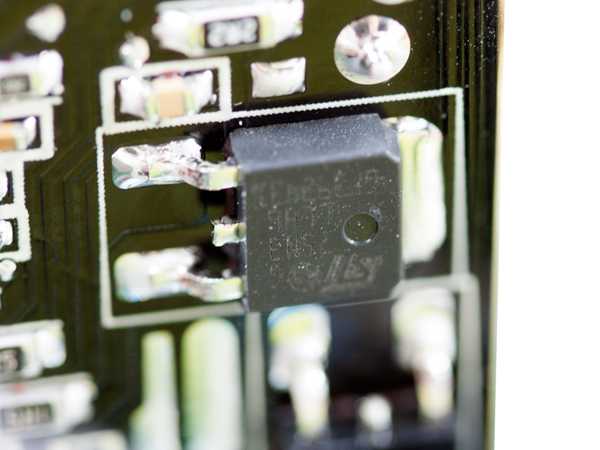
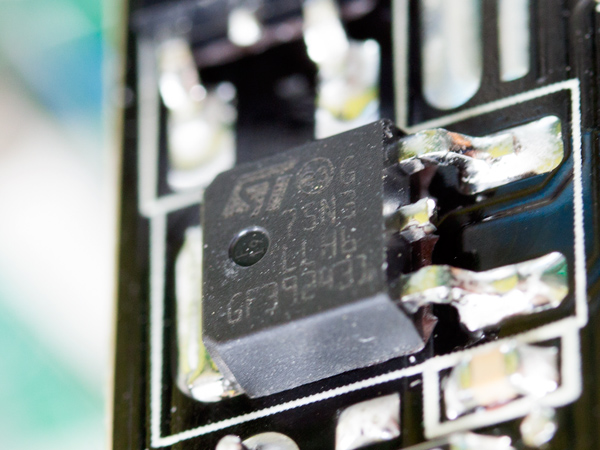
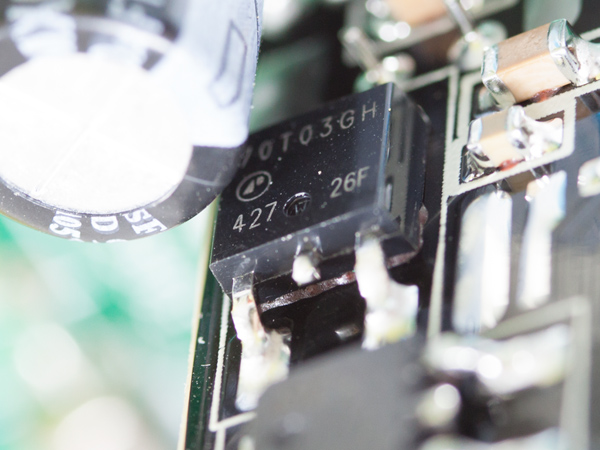

In the secondary side, a passive regulation scheme is used for generating the +12V rail. Five STMicroelectronics STPS40M100CT SBRs are used in total, and the minor rails are regulated by two DC-DC converters. On each of these converters we find a uP3872B PWM controller along with two FETs (1x STD75N3LLH6 and 1x SSM70T03GH).
Get Tom's Hardware's best news and in-depth reviews, straight to your inbox.
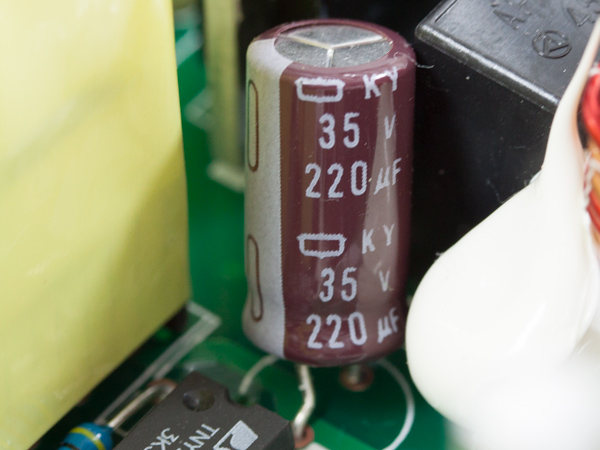

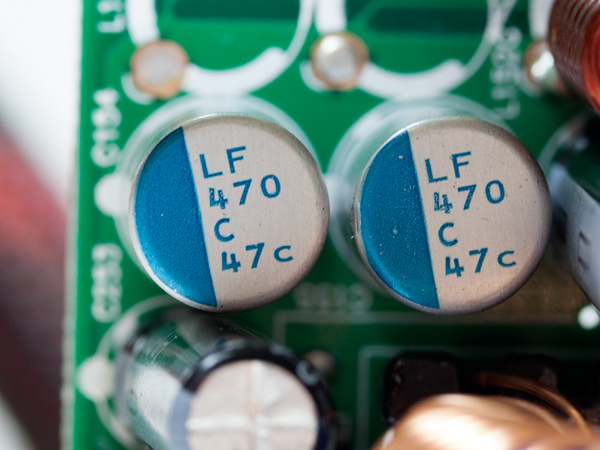

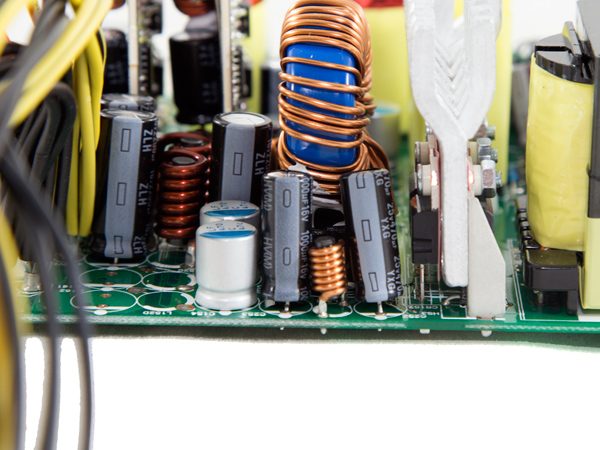
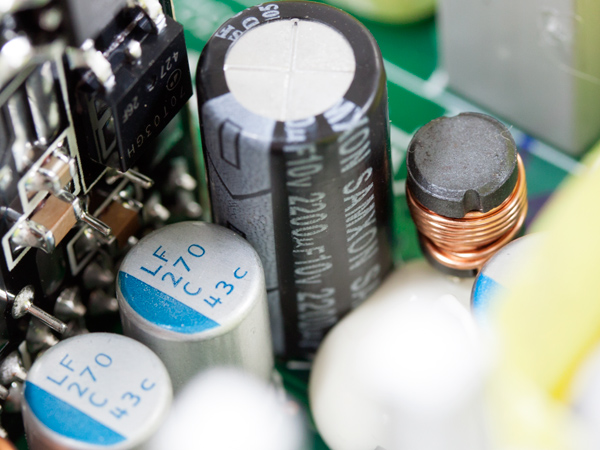
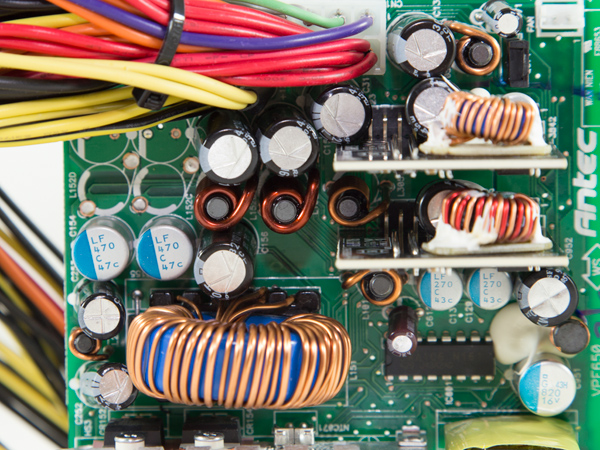
Delta uses a mix of Japanese electrolytic and polymer capacitors in the secondary side, provided by Rubycon, Nippon Chemi-Con and Nichicon; we also found a single SamXon capacitor. All electrolytic caps are rated at 105 degrees Celsius (221 degrees Fahrenheit). Really, we didn't expect such high-quality caps, especially polymer ones, in a budget-minded PSU like this one.
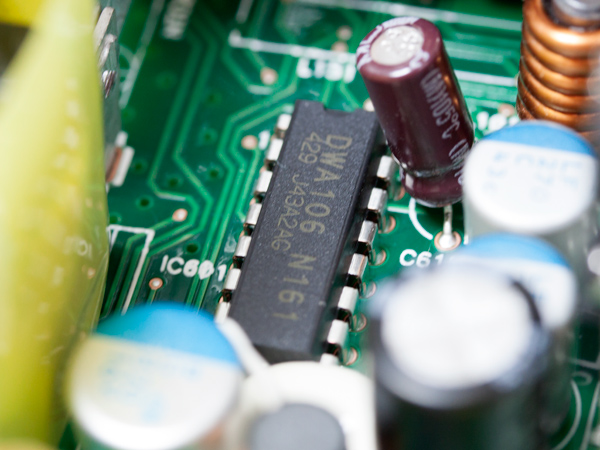

The supervisor IC is a DWA106, which is installed on the main PCB. The same IC is used on the older Antec VP units as well.

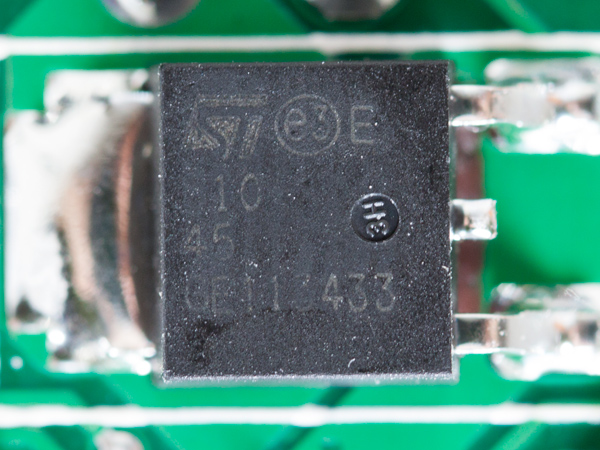
The standby PWM controller is a TinySwitch-III TNY279PG, while the 5VSB rail regulates an STMicroelectronics SSTPS1045B SBR installed on the solder side of the main PCB.



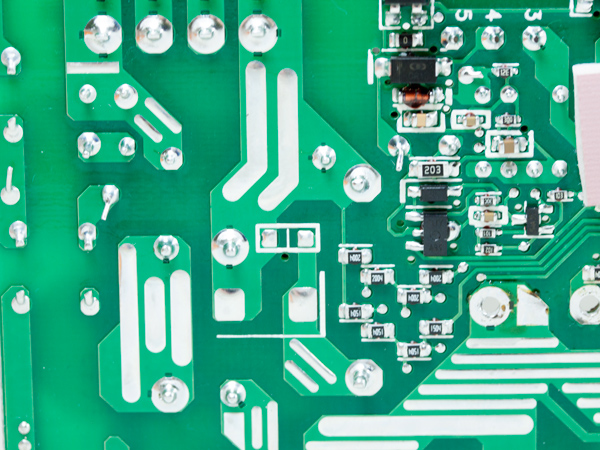
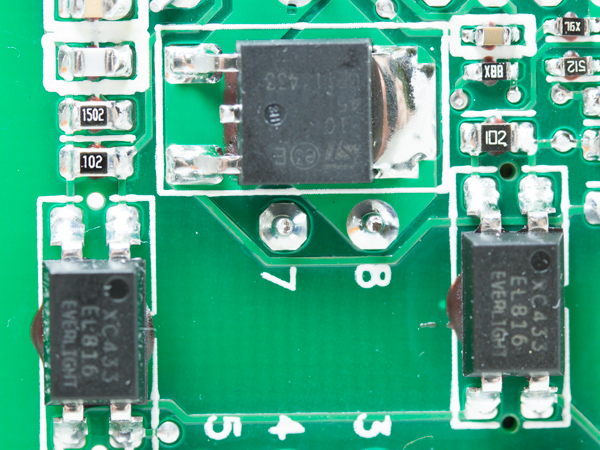
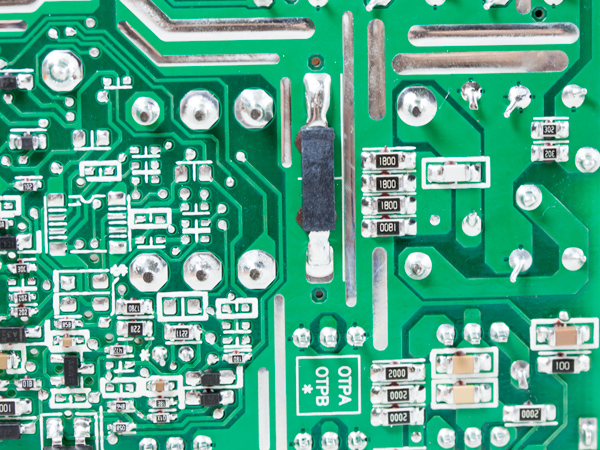

Soldering quality is very good, as is usually the case on Delta-made PSUs. On the solder side of the main PCB, we found a couple of Everlight EL816 photo-transistors, among others, responsible for providing isolation between the primary and the secondary sides.
The cooling fan is provided by Yate Loon, model number D12SH-12 (120mm, 12V, 0.30 A, 2200 RPM, 88 CFM, 40 dB[A]). It uses a sleeve bearing and is noisy at high speeds.
Current page: A Look Inside And Component Analysis
Prev Page Packaging, Contents, Exterior And Cabling Next Page Load Regulation, Hold-Up Time And Inrush Current
Aris Mpitziopoulos is a contributing editor at Tom's Hardware, covering PSUs.
-
CTurbo I hope Delta is not going to get out of the consumer psu business completely. They've been one of my go-to oems for years. Top notch reliability.Reply -
Onus Antec has been one of my go-to standards for years as well. Though it has been surpassed in efficiency, I may need to put my SG-650 in my will because of its anticipated durability.Reply -
2Be_or_Not2Be When the author says "... Delta no longer has an interest in this market..." - what market is he talking about? I seem to recall that quite a few of my Dell servers had Delta OEM PSUs, and I think a number of Dell desktops had custom Delta PSUs as well. So is it only the consumer market that they don't want to supply anymore?Reply -
iam2thecrowe Reply16537381 said:When the author says "... Delta no longer has an interest in this market..." - what market is he talking about? I seem to recall that quite a few of my Dell servers had Delta OEM PSUs, and I think a number of Dell desktops had custom Delta PSUs as well. So is it only the consumer market that they don't want to supply anymore?
probably. There is now too much competition in the consumer psu market for it to be really profitable for some companies. It would make sense if a company only wanted to do anything other than generic PC ATX psu's, because they can charge a lot more for it. -
Aris_Mp Yeap Delta is away from consumer market. They mostly make OEM PSUs now. As far as I know only Antec has a contract with them for desktop PSUs.Reply
